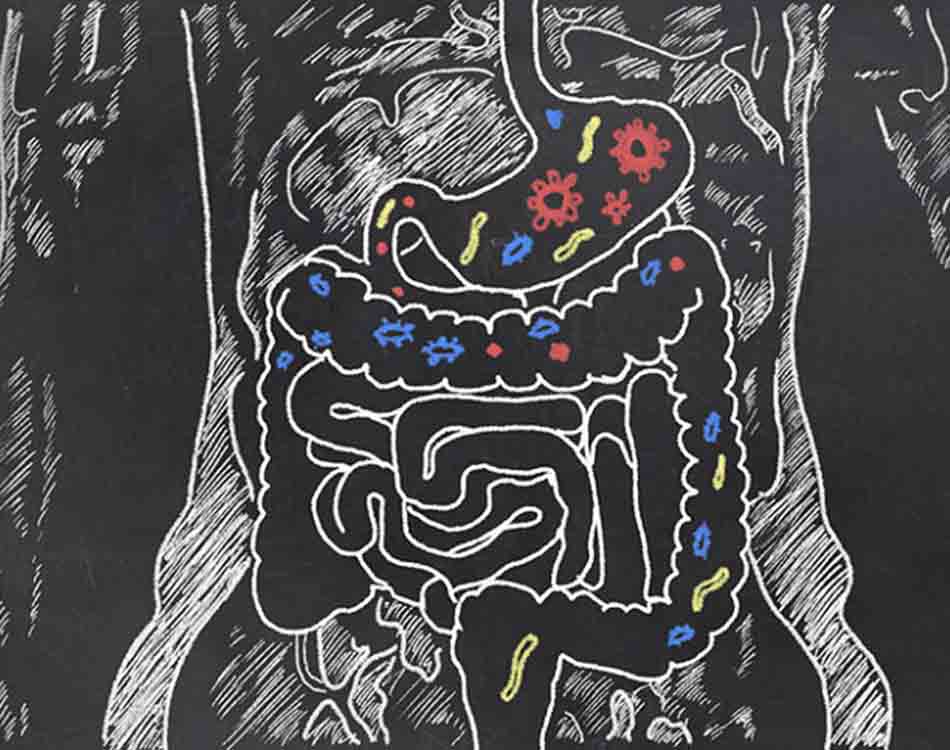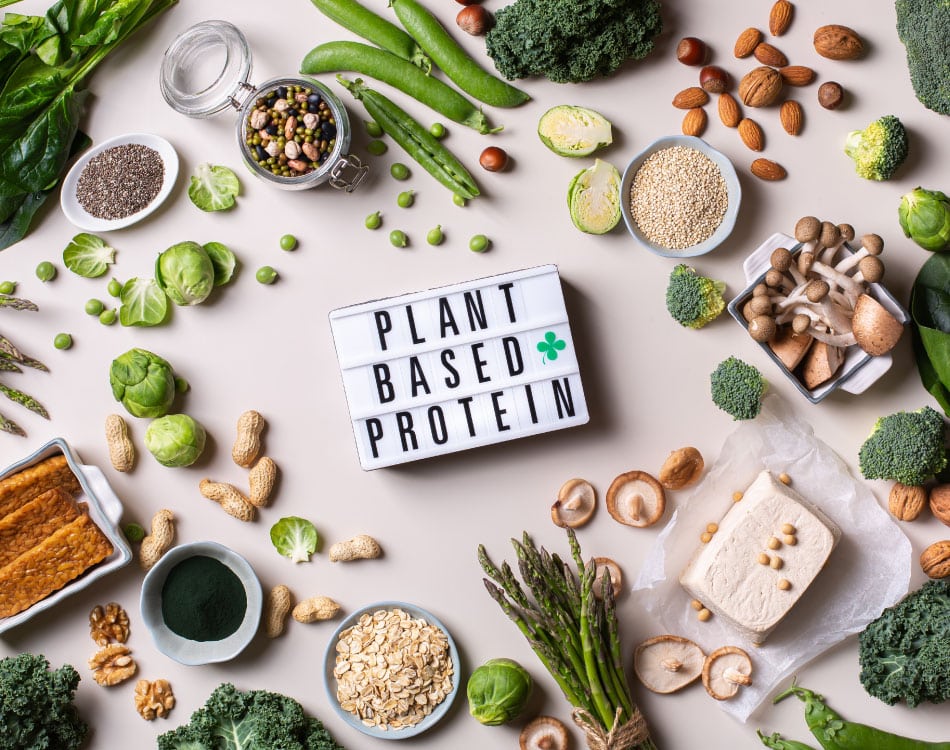Gut health challenges such as constipation, diarrhoea and irritable bowel syndrome seem to be on the increase, due largely to the fast-paced modern lifestyles we live.
Increased stress, and an unhealthy lifestyle and eating habits can worsen these symptoms. Thankfully, increasing your dietary fibre intake can make a difference.
There are, however, many misconceptions about dietary fibre. This article will reveal the science and truths around fibre and the role it plays in gut health.
Dietary fibre truths
Dietary fibre (also known as roughage) is the rough or coarse part of food and is found only in plant foods.
Fibre is essentially a type of carbohydrate that the body cannot fully digest and absorb. It does not really add fuel or energy to your body. Instead, it remains in the gut, forming your stool and helps to maintain digestive health.
Different types of fibre
But not all fibre is created equal. There are two different kinds of fibre that the body needs, namely soluble and insoluble dietary fibre.
These two fibres work in different ways and can deliver benefits such as:
- Facilitating regular bowel movements;
- Lowering cholesterol;
- Controlling your blood sugar levels; and
- Keeping you satisfied for longer, which may help with weight loss.
The lowdonw on soluble dietary fibre
Soluble fibre draws in water like a sponge, forming a gel-like substance in the gut and slows down digestion.
Oat beta-glucan is the soluble fibre found in oats and in GlucaChol-22™. Other soluble fibre food sources include grains such as barley and psyllium; legumes such as lentils, dried beans and split peas; fruits such as apples, pears and citrus fruit like oranges; and vegetables such as carrots.
All about insoluble dietary fibre
Insoluble dietary fibre does not absorb water nor does it dissolve in water. It remains relatively unchanged as it moves through the digestive tract and adds bulk to the stool. Oats and GlucaChol-22™ also contains insoluble fibre.
It is the main type of fibre in whole grains such as whole-wheat bread, whole-wheat flour, whole-wheat pasta and wheat bran cereal, brown rice, the skin of fruits and vegetables, nuts and seeds.
This is how dietary fibre helps improve gut health
Oats contain a unique combination of soluble and insoluble dietary fibres. By absorbing water and forming a gel in the gut, soluble fibre softens the stool and increases its transit time through the bowel. Insoluble fibre adds bulk to the stool and helps to move the stool forward in the bowel.
When combined, these two fibres increase the weight, size and softness of your stool. A bulky and softer stool is easier to pass and can lower your chance of constipation.
If you struggle with loose, watery stools, fibre may help to “set” the stool as it absorbs water and adds bulk to the stool. When you pass stools regularly, you also lower the risk of developing haemorrhoids and small pouches forming in your large intestine (colon) known as diverticulosis.
Consult your healthcare professional or registered dietitian if you have any health conditions or would like more information on how to use fibre in your diet.
It’s oat beta-glucan that delivers the gut health benefits
GlucaChol-22™ is not just any old fibre supplement. It contains soluble and insoluble fibre and differs from plain oats or oat bran in that it is a 100% concentrated oats powder with a much higher concentration of beneficial oat beta-glucan than the two food sources.
Oat beta-glucan particles are soluble fibres and act like a sponge in the gut, soaking up many times its weight in fluids. It improves the transport time of the stool in the bowel and in this way helps to keep the bowel movement regular.
These particles also act as a prebiotic – a food source for the good bacteria in the large intestine that stimulates the growth of good bacteria (probiotics) in the gut.
In addition, oat beta-glucan increases levels of short-chain fatty acids (SCFA) in the large intestine, which are produced when oat beta-glucan fibre ferments in the bowel. These fatty acids act as a source of energy for the cells lining the large intestine and help to keep the large intestine healthy.
Various scientific studies show that SCFAs, especially butyrate, may reduce diarrhoea and inflammation in the gut and may protect against colon cancer.
So, how much fibre do you need?
- Men: 30g (age 50 or older) to 38g (age 50 or younger)
- Women: 21g (age 50 or older) to 25g (age 50 or younger)
The European Food Safety Authority (EFSA) recommends a product should contain at least 6g of oat fibres per 100g to positively influence gut health. GlucaChol-22™ with OatWell™ contains 44g of oat fibres per 100g.
Fibre content of a few foods:
-
Food
Portion size
Fibre g
Apple
1 medium
4.0
Banana
1 medium
2.0
Baked beans
½ cup
9.6
Bran flakes
40g (1cup)
7.2
Brown bread
1 slice
1.7
Carrots
½ cup
2.5
GlucaChol-22™
1 ½ scoops
6.0
Pear
1 medium
4.5
Potato with skin
1 medium
3.3
Popcorn
1 cup
1.0
Orange
1 medium
4.3
Samp and beans
½ cup
4.0
Spinach
½ cup
2.0
Mixed vegetables
½ cup
3.3
Lentils
½ cup
6.6
Whole wheat bread
1 slice
2.5
A sensible approach to improved gut health
Increasing your fibre intake needs to happen gradually. Quickly increasing fibre intake may cause stomach cramps, bloating, gas, flatulence and stomach discomfort. Increase the amount of fibre slowly by adding a little more every day to help the gut adjust. GlucaChol-22™ is a tasty and easy way to increase soluble and insoluble fibre intake.
And fibre works best when it absorbs water. Water helps to soften the stool and add more bulk to move the stool forward. If you increase your fibre intake without including sufficient water to support the gut, you may experience constipation and digestive discomfort. Make sure you drink sufficient water to get the most from the fibre you consume.















